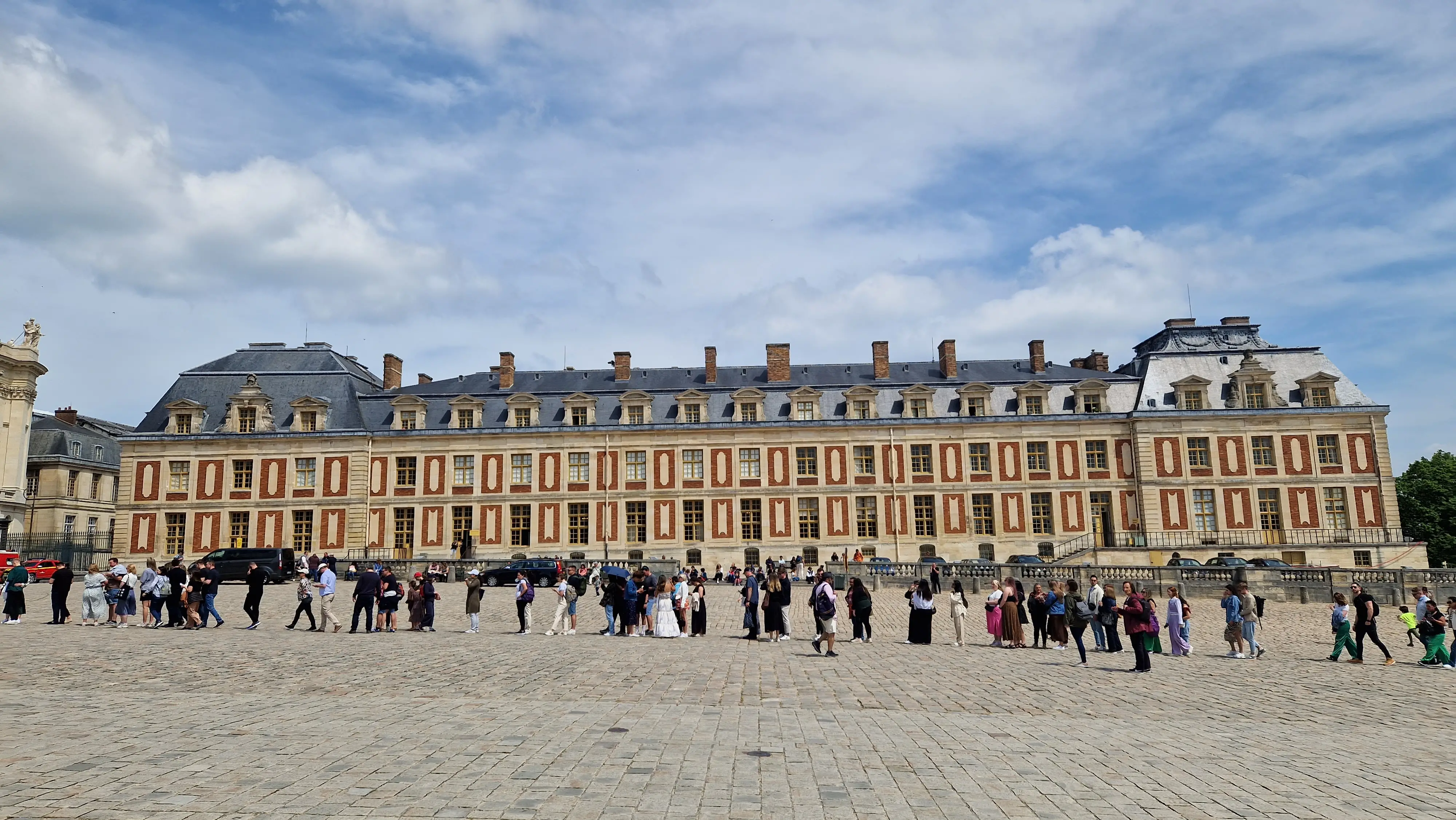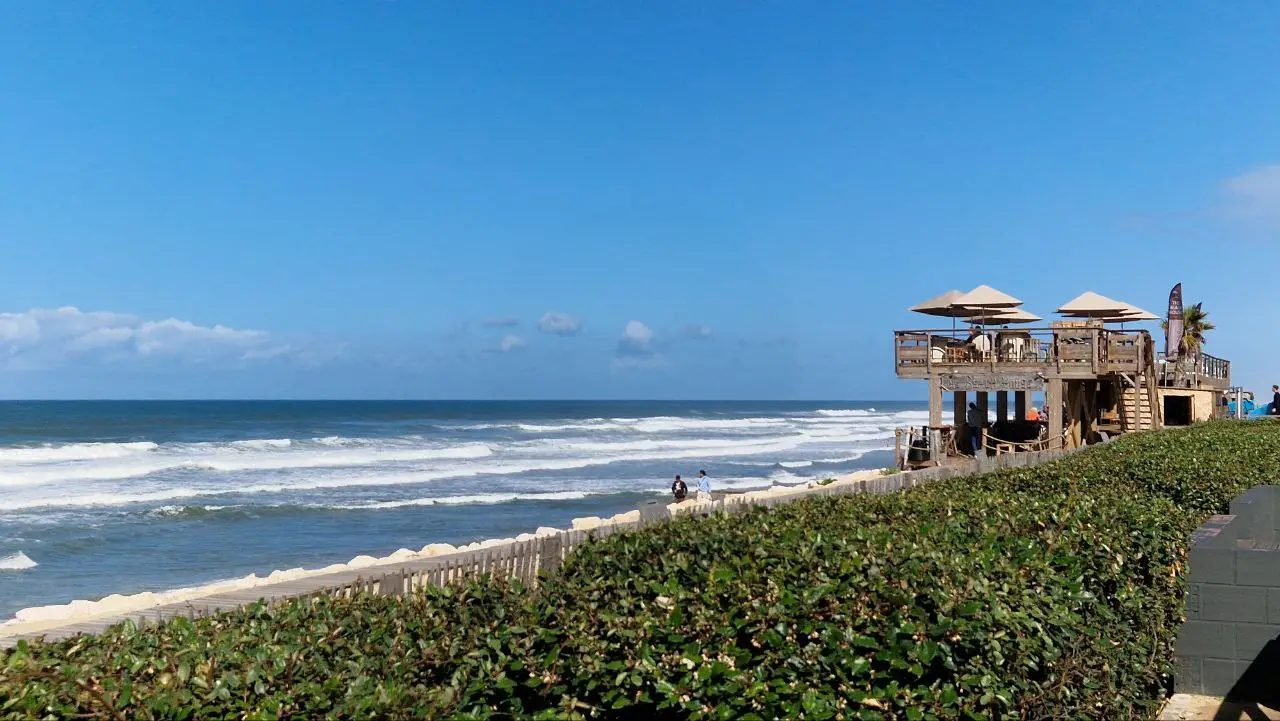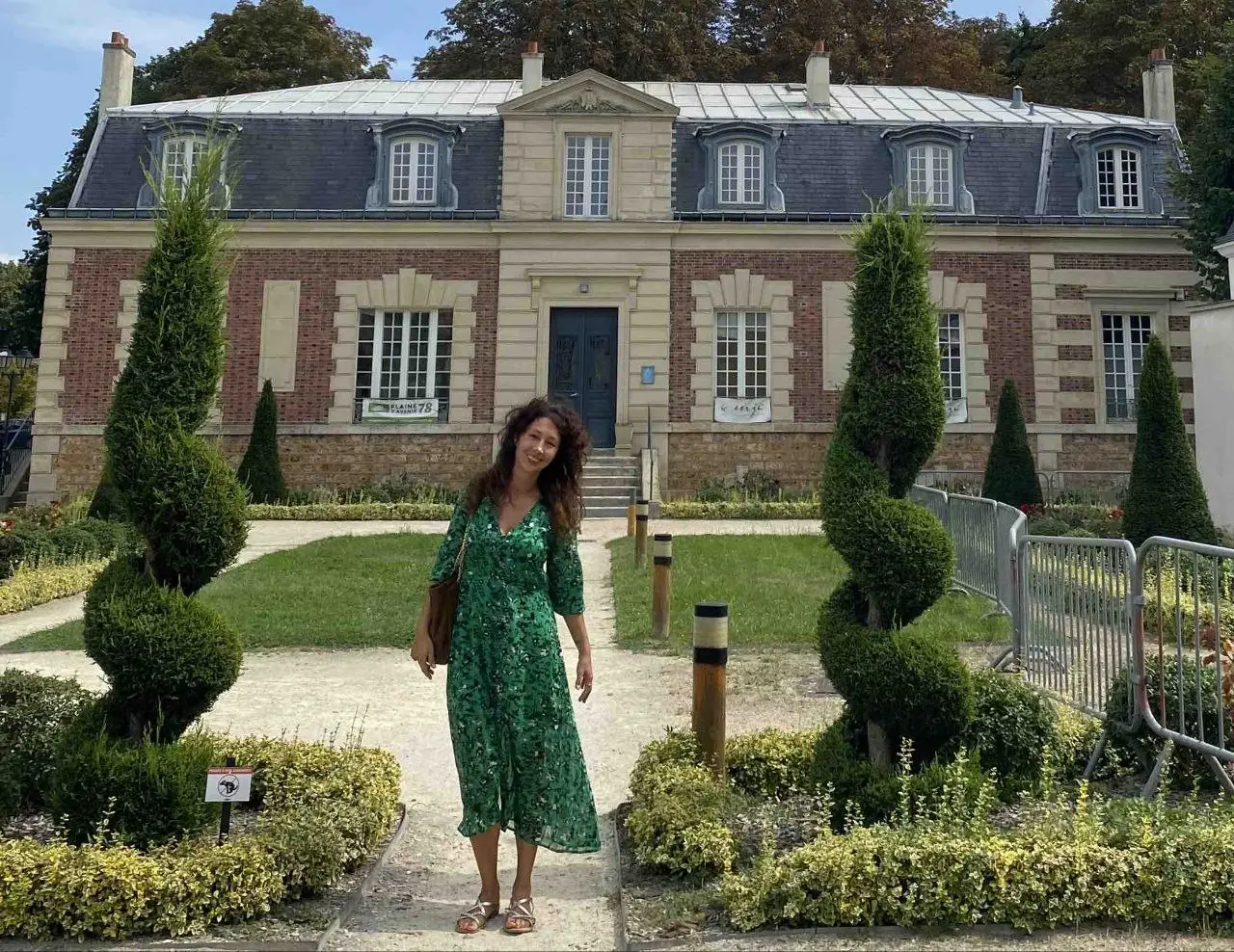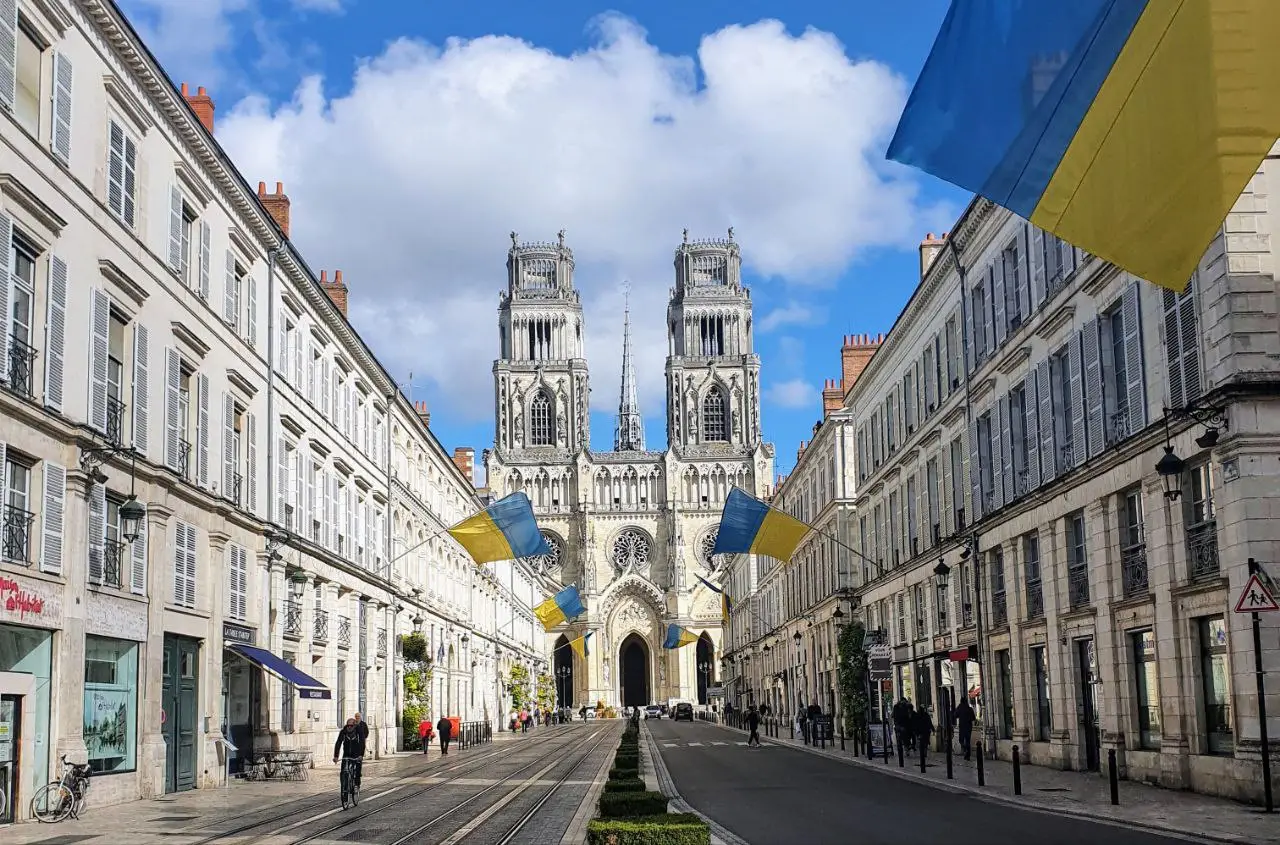Castle and caves near Royan: historical and natural wonders
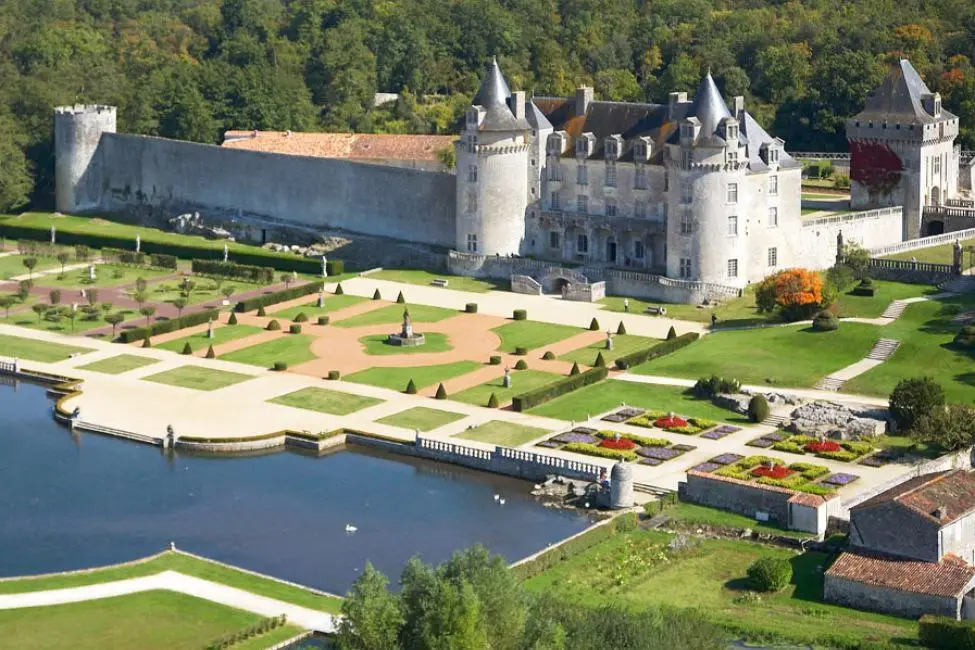
The article tells about a castle near Royan, a picturesque town in the Charente-Maritime, known for its coastal landscapes and historical monuments. One of the most prominent landmarks in its vicinity is the Château de la Roche Courbon, which impresses with its majestic architectural forms and rich history. The Grotte de Roche Courbon, a unique system of caves located next to the castle, deserves special attention. These caves are known for their prehistoric drawings and archaeological finds that open the curtain to the life of ancient people
Royan, located on the western coast of France, is not only a popular resort town, but also a place surrounded by rich historical and natural attractions. Among them, a special place is occupied by the Château de la Roche-Courbon castle and the Roche-Courbon Caves, which are located not far from the castle and attract the attention of tourists with their uniqueness and unusualness.
Château de la Roche-Courbon
History and Architecture
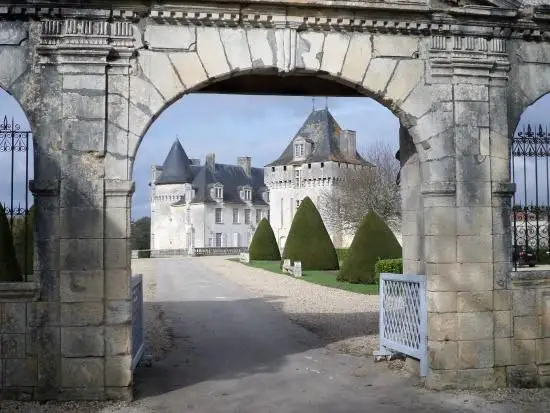
Château de la Roche-Courbon, located 40 kilometers from Royan, is one of the most beautiful castles in the Charente-Maritime region of France, in the commune of Saint-Porchaire between Saintes and Rochefort. Originally built in the 15th century as a fortress, the castle was transformed into a luxurious residence in the 17th century.
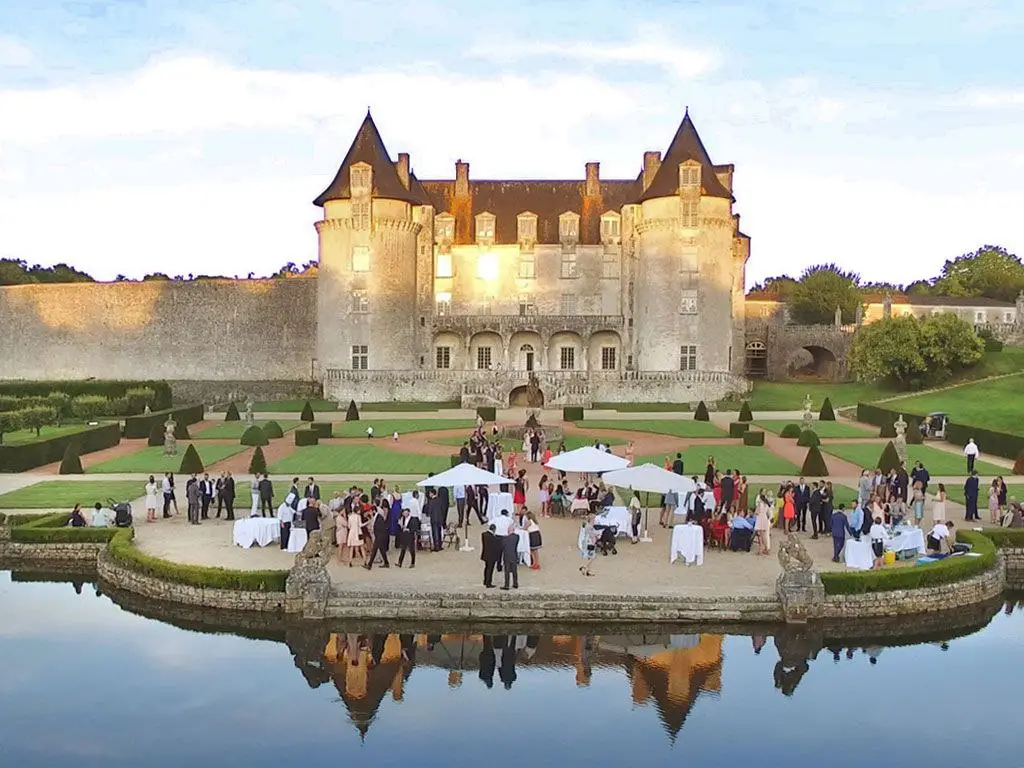
The castle was founded in 1475 by the local feudal lord Jean II de Latour. Initially, it was a gloomy medieval ruin surrounded by marshland, consisting of two main buildings, four powerful towers and a massive fortification.
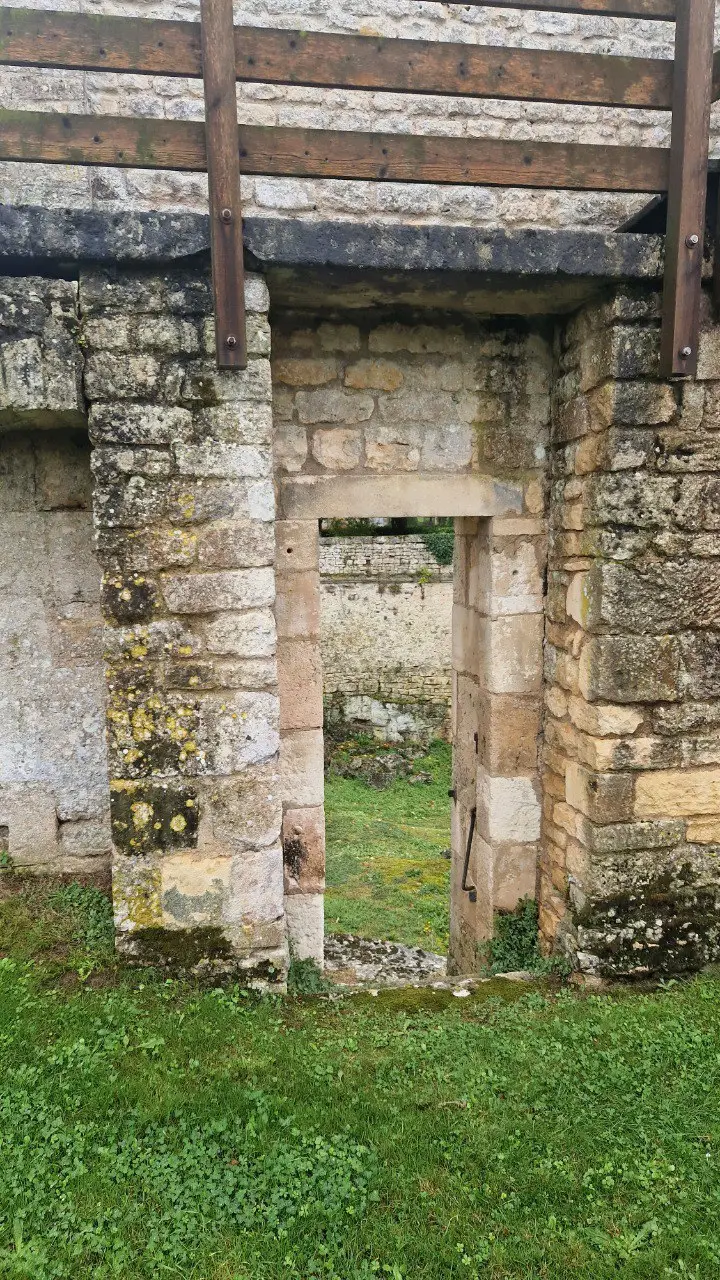
To the north, in front of the castle, stands the Fuyu Tower. After three centuries of conflict between the French and the Anglo-Aquitanians, it was impossible to build anything other than a reliable defensive fortress in the region. In 1603, Jacques de Courbon, having married Jeanne de Gombeau in 1595, completely liberated Romette from more than a century of joint ownership. At the same time, by combining the names La Roche and Courbon, La Roche-Courbon was formed, which became the official name of the place. In the 17th century, Jean-Louis de Courbon, Jacques's grandson, transformed La Roche-Courbon, as depicted in a painting by the Dutch artist Jan Hackaert (1628-1685).
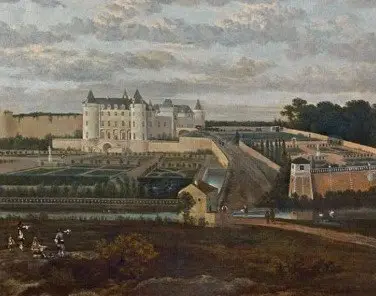
Medieval (XVII - XVIII centuries)
So in the XVII century, the Marquises de Courbon built an elegant residence next to the ruins, which has survived to this day. During this period, the architecture and interiors of the castle changed significantly, acquiring sophisticated and refined features.
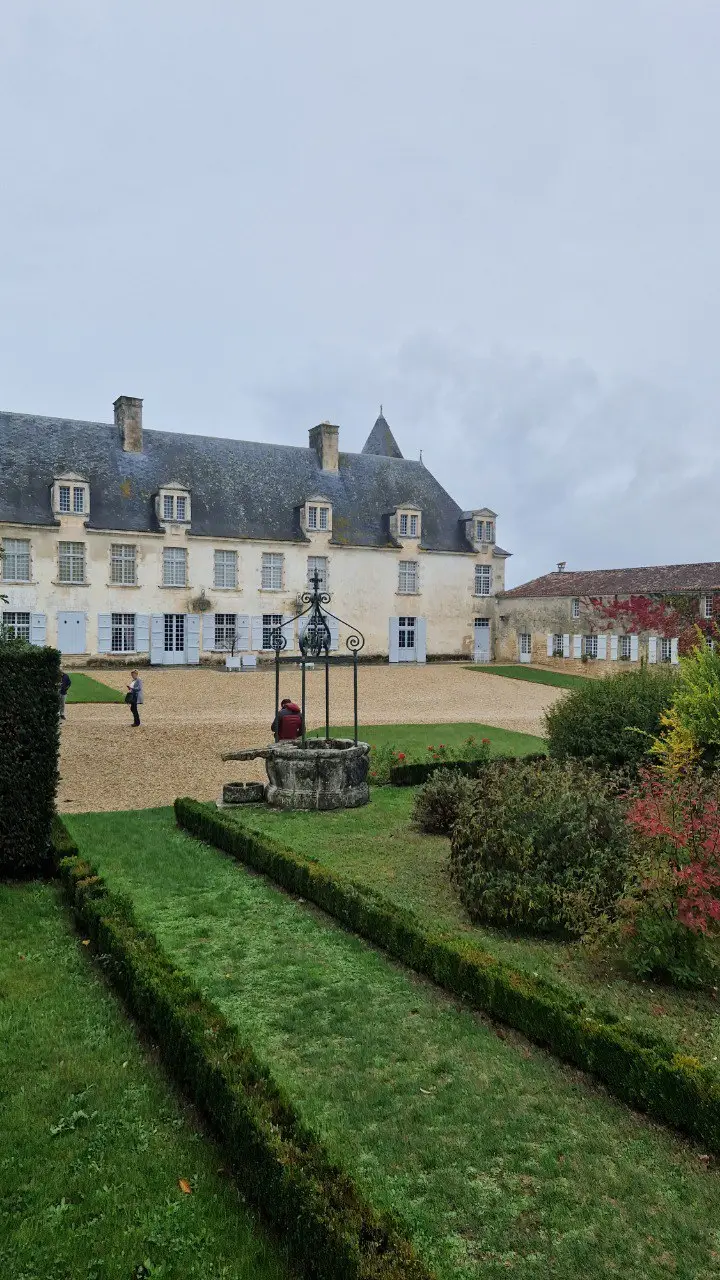
In the early 18th century, the castle was owned by the Irish admiral Mac Nemara and his son-in-law Jean Ier Stapleton, the founder of sugar plantations in San Domingo. In 1785, the castle again became the property of the Marquis de Courbon, who remained in the family nest even during the years of revolutionary upheavals and the First Empire.
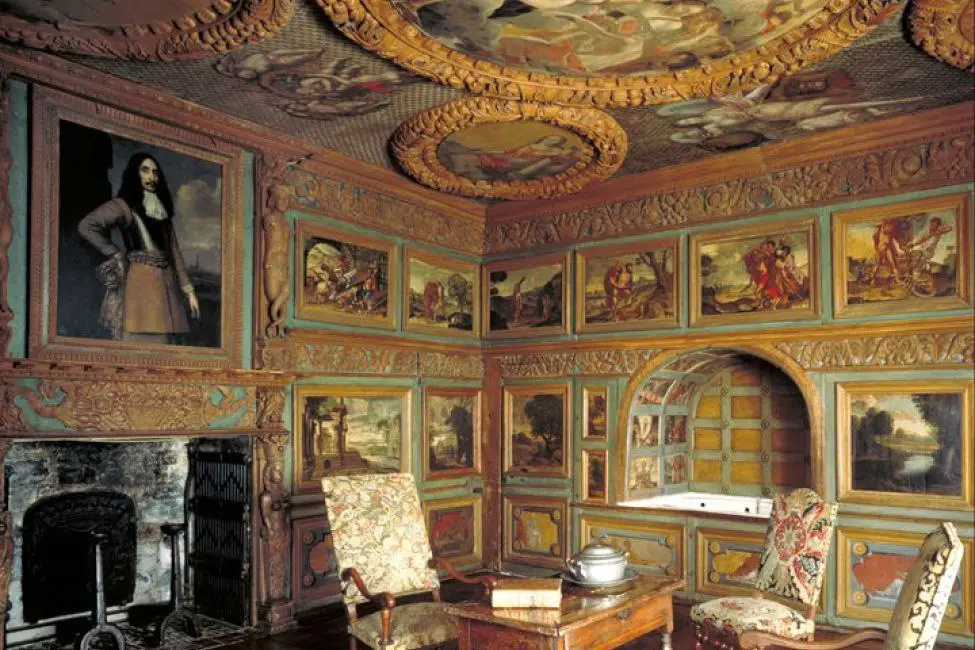
Decline and recovery
Over time, the owners of the castle went bankrupt, and the estate began to decline. However, the castle attracted the attention of the famous French writer Pierre Loti, who often visited these places with his sister. Loti admired the abandoned castle and called it "the castle of the sleeping beauty". Thanks to his efforts, the castle found new owners, who began a thorough reconstruction of the historic buildings and interiors.
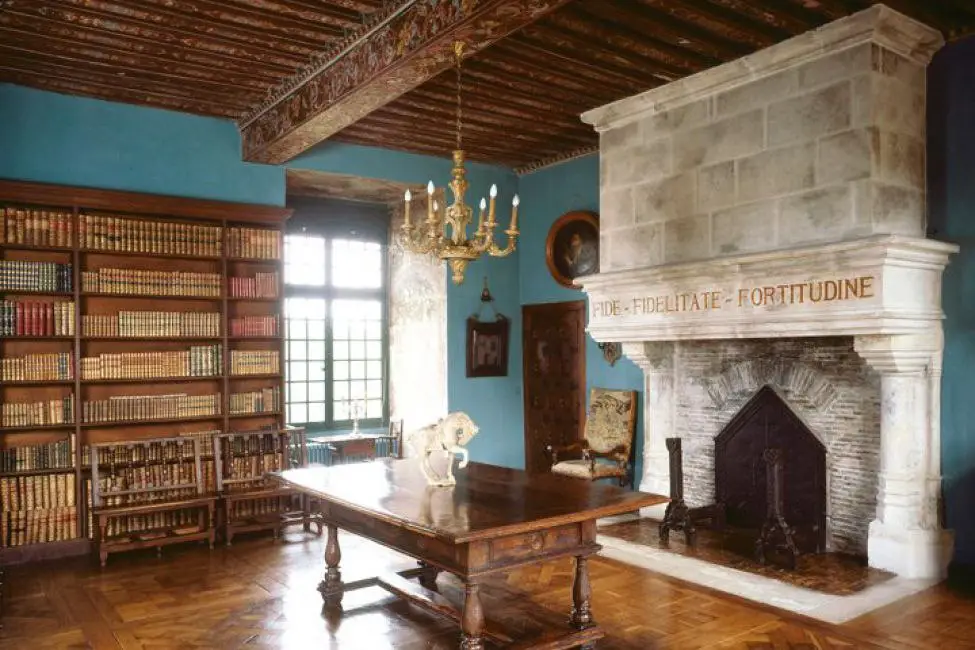
"I have traveled the whole earth. Between my long wanderings, I returned like a pilgrim piously brought back by memory, each time repeating to myself that in distant lands there is nothing more peaceful or beautiful than this so ignored corner of our Sentinel," — Pierre Loti
In 1817, the marquis's daughter sold the estate at auction. Then began the long sleep of Château de la Roche-Courbon before its second revival in the 20th century.
Cultural heritage
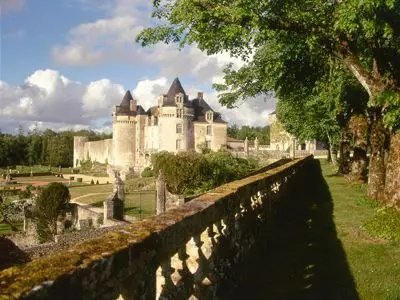
In 1946, Jean Cocteau filmed the movie Beauty and the Beast on the territory of the castle. As of now, the estate is privately owned and classified as a historical monument.
Current condition
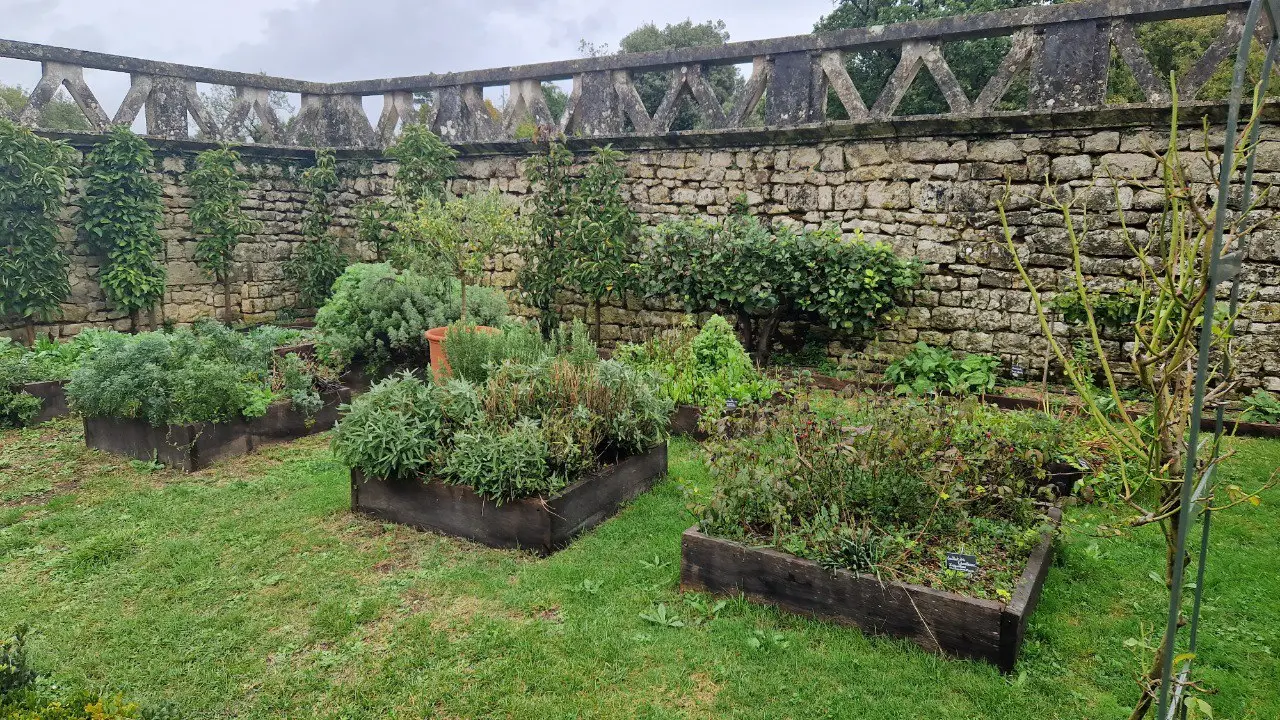
The castle impresses with its architecture, which combines elements of medieval fortification style and Renaissance aesthetics. The main building is surrounded by magnificent French gardens created in the style of Andre Le Nôtre, a famous landscape architect who also designed the gardens of Versailles.
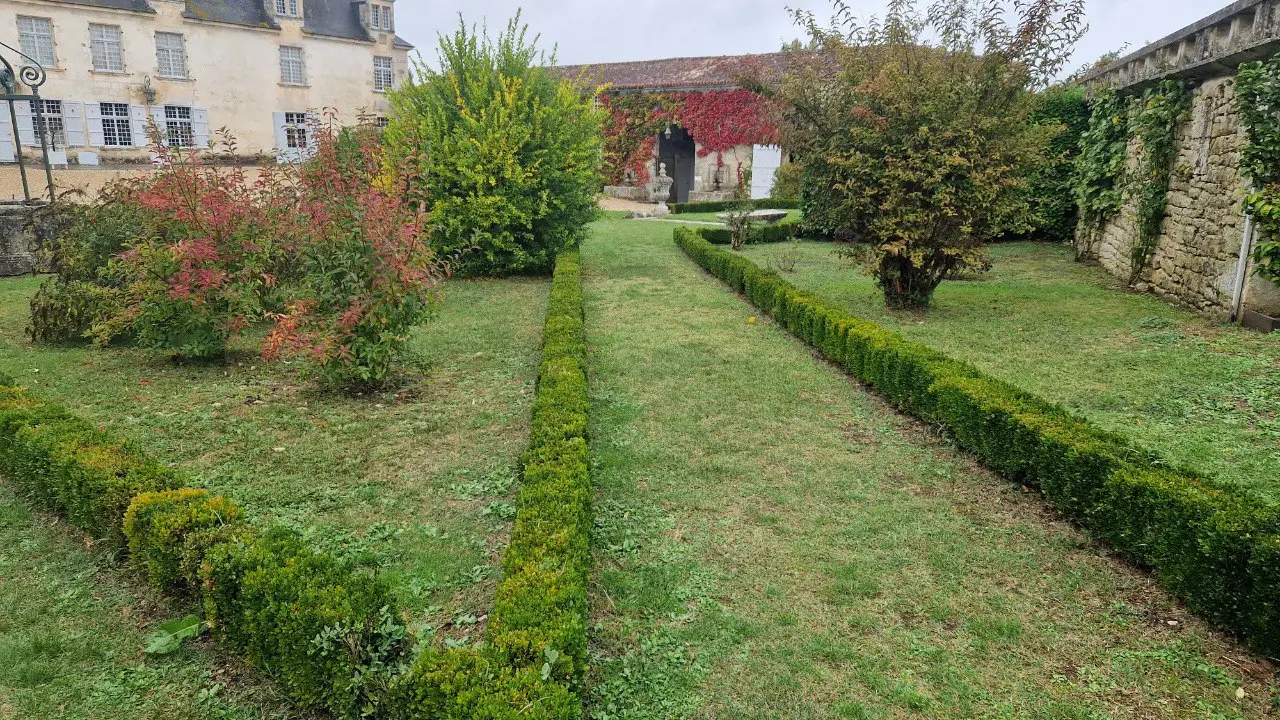
Main Attractions of Château de la Roche-Courbon
French Gardens
A walk through the castle gardens allows you to enjoy their symmetry and harmony, lakes, fountains and alleys planted with flowers and trees. You will also enjoy contemplating the lake and its inhabitants: white swans and ducks. These gardens were renovated and groomed in 1936-1939, and were included in the list of famous gardens in France, which is compiled by the Ministry of Culture.
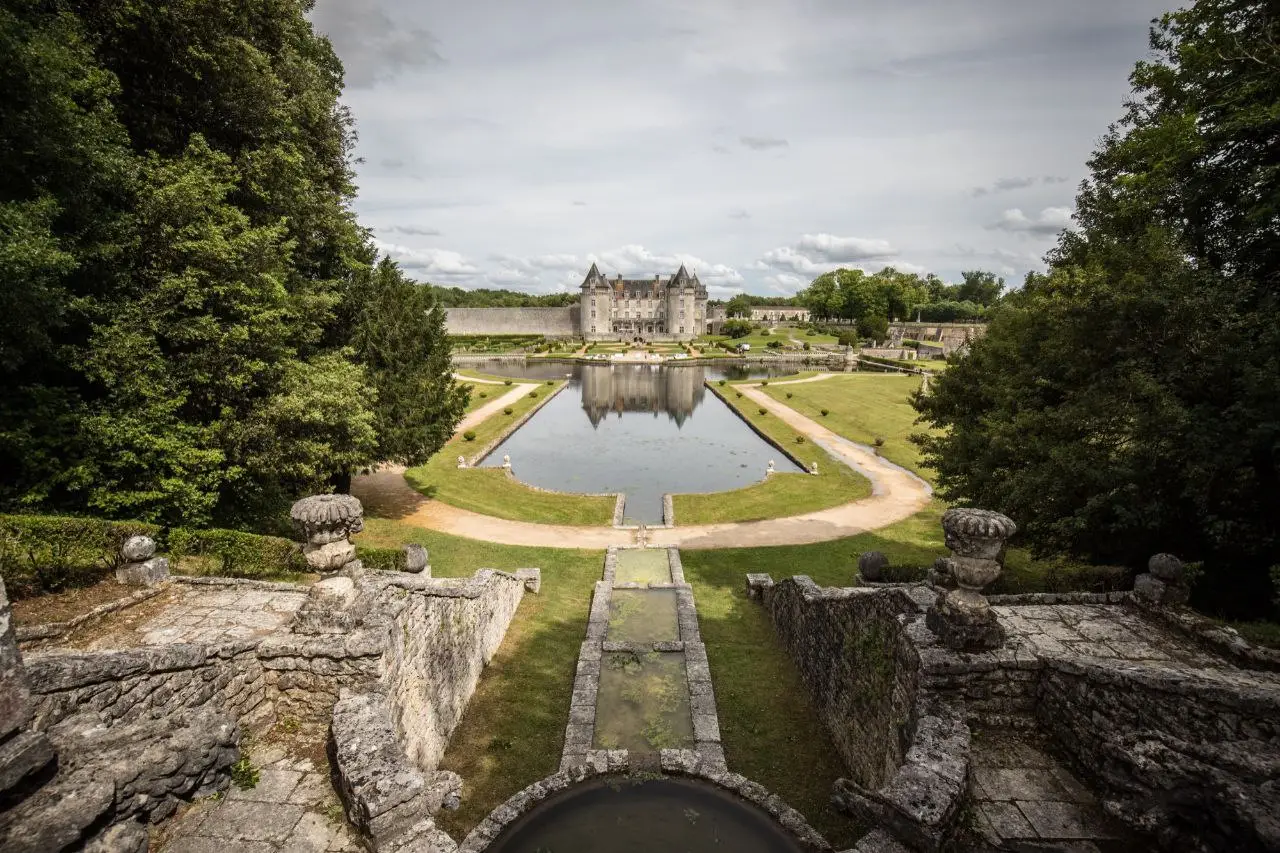
But there were also dark times in the history of the garden and the castle. The castle was heavily damaged by the storm Martin on the night of December 26-27, 1999. In five hours, winds of up to 200 km/h destroyed the forest sung by Pierre Loti. With the support of government agencies and thanks to AMICOUR (Association of Friends of La Roche Courbon), the forest is gradually recovering. Thousands of cubic meters of wood have been removed and rows of oaks, poplars, lindens and maples have been replanted. There is still a lot of work to be done, as about 90 out of 150 hectares of forest in this area were destroyed.
Castle interiors
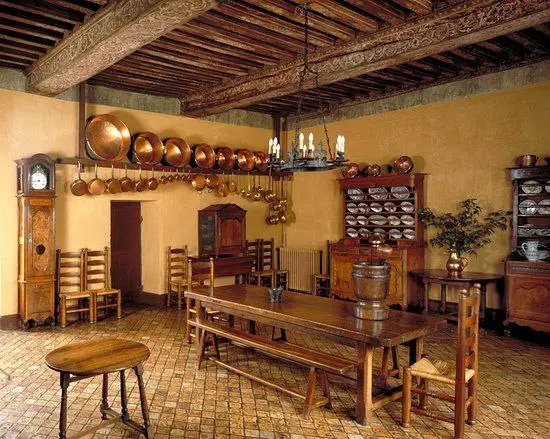
Visitors can explore the rich interiors of the castle, which include luxurious rooms decorated with antique furniture, tapestries, and paintings. The painting on the ceilings in the salon with a secret room is simply amazing, the fireplaces are huge and pompous, the kitchen and dining room have been preserved in the same form as a hundred years ago.
Of particular interest is the toilet, decorated in 1662, which has been preserved in excellent condition. The bedrooms simply amaze with their beauty, sophistication and the strange fact that in those days wealthy people slept in a semi-sitting position. Walls, furniture, everything is unique and original.
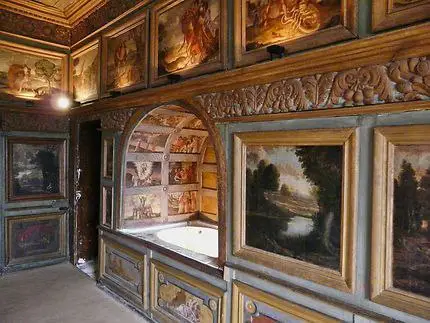
The only trouble is photographing inside is prohibited. On the tour, the language of communication is only French, but English-speaking tourists are given a printout with basic information about the castle. After visiting the kitchen, children in the tour group can open a huge wooden chest with candy in it to enjoy it and continue the tour to the second floor.
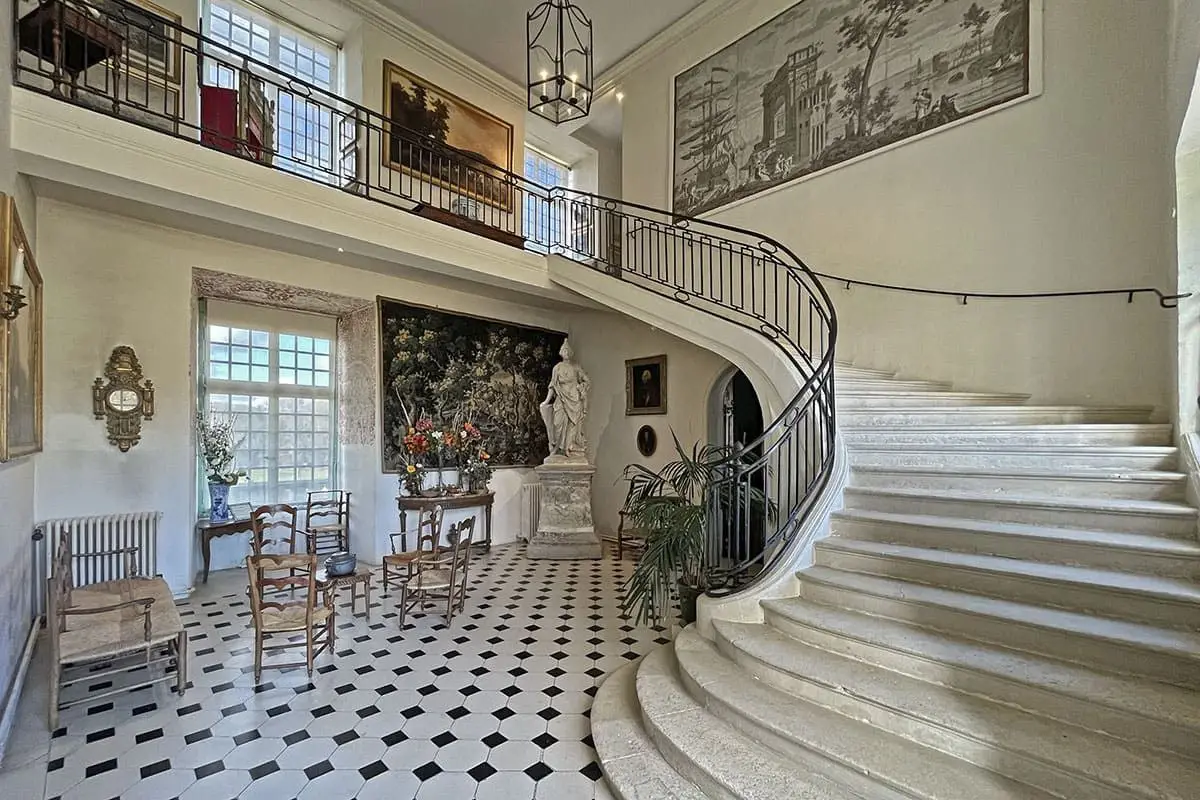
Practical Information
The castle is open to visitors all year round, but the opening hours may vary depending on the season. It is recommended to check the current schedule on the official website of the castle before visiting, as the castle organizes a lot of different activities for children during the Easter holidays and on Halloween. There are also rooms in the castle that can be rented for private celebrations. The castle also has a café and a gift shop, as well as a museum with finds of tools and skulls of primitive people whose settlement was found near the castle.
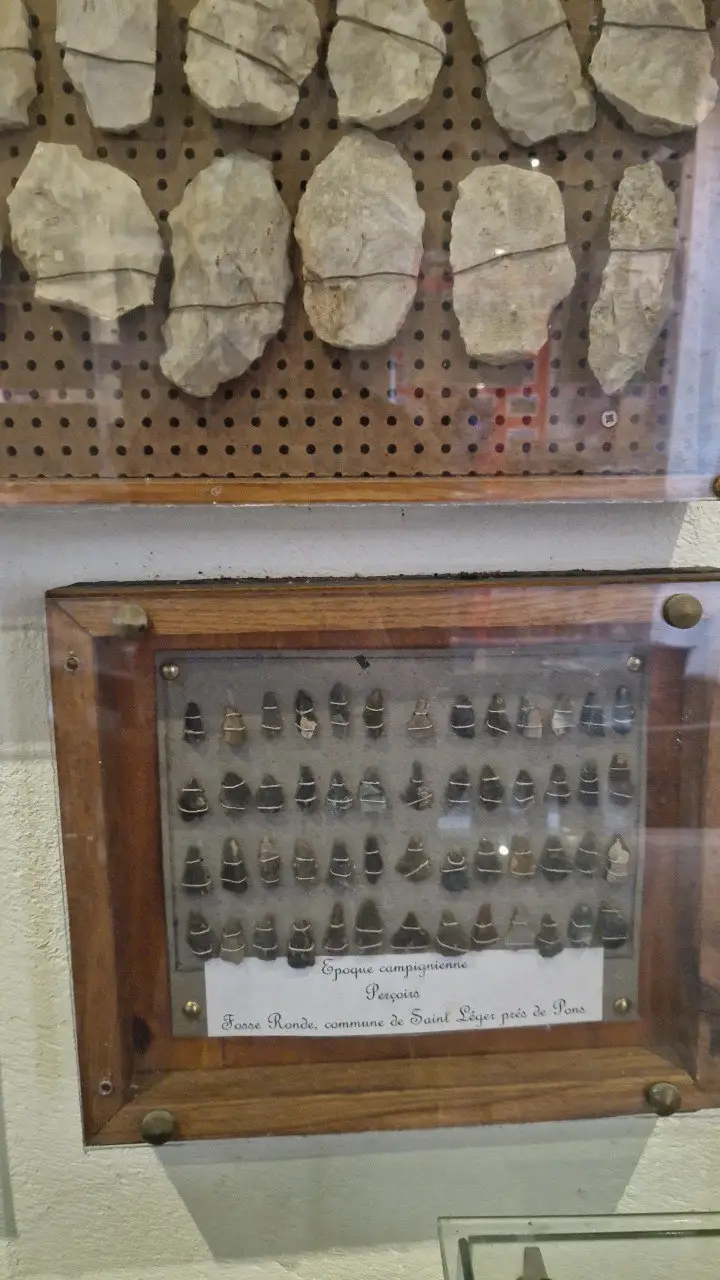
The Caves of Roche Courbon(Grotte de Roche Courbon)
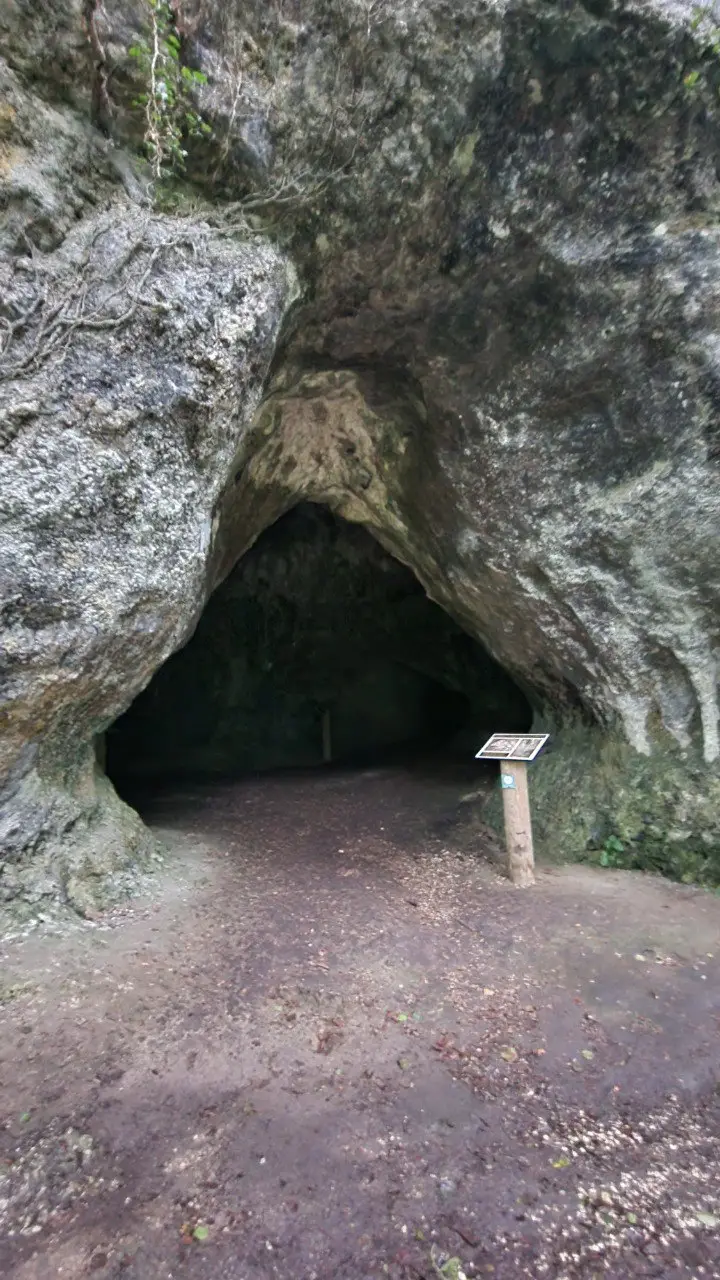
Near the castle are caves that were inhabited in prehistoric times. These caves served as a shelter for prehistoric people and are an important archaeological site.
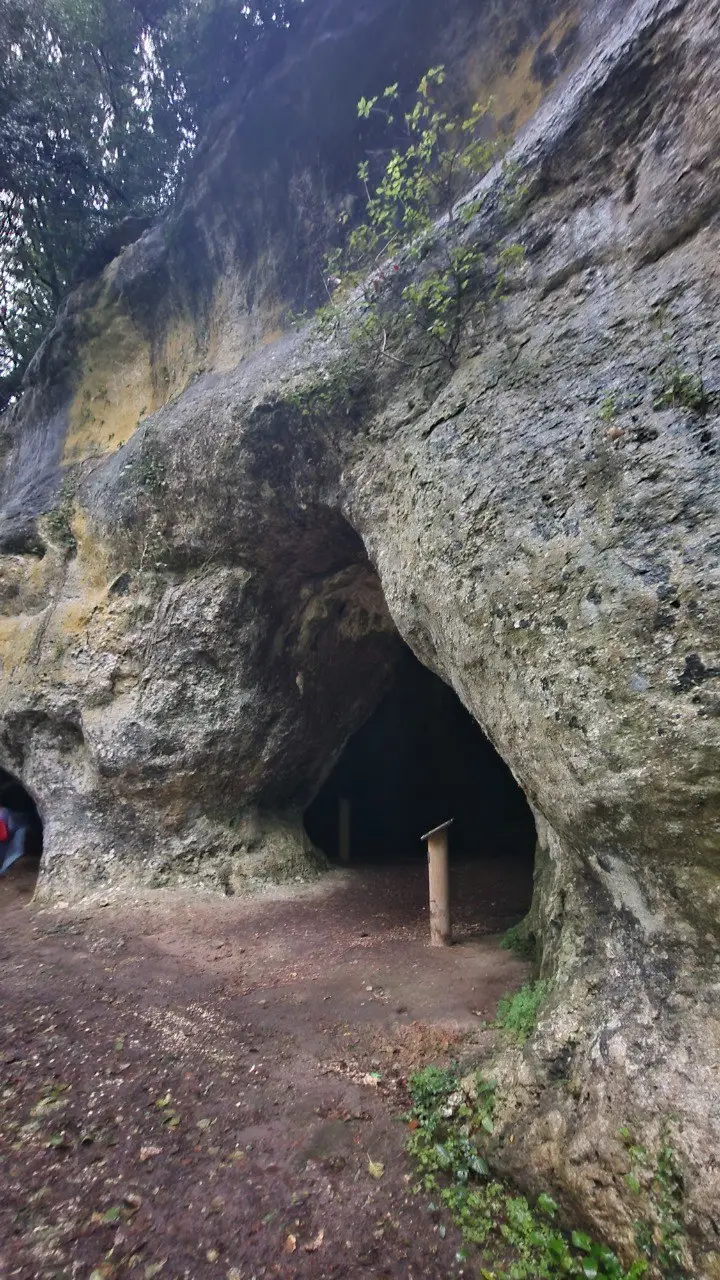
The Roche Courbon Caves are known for their archaeological findings, which indicate that people have been living in these places since prehistoric times. They contain numerous prehistoric artifacts, including stone tools, animal remains, and traces of hearths.
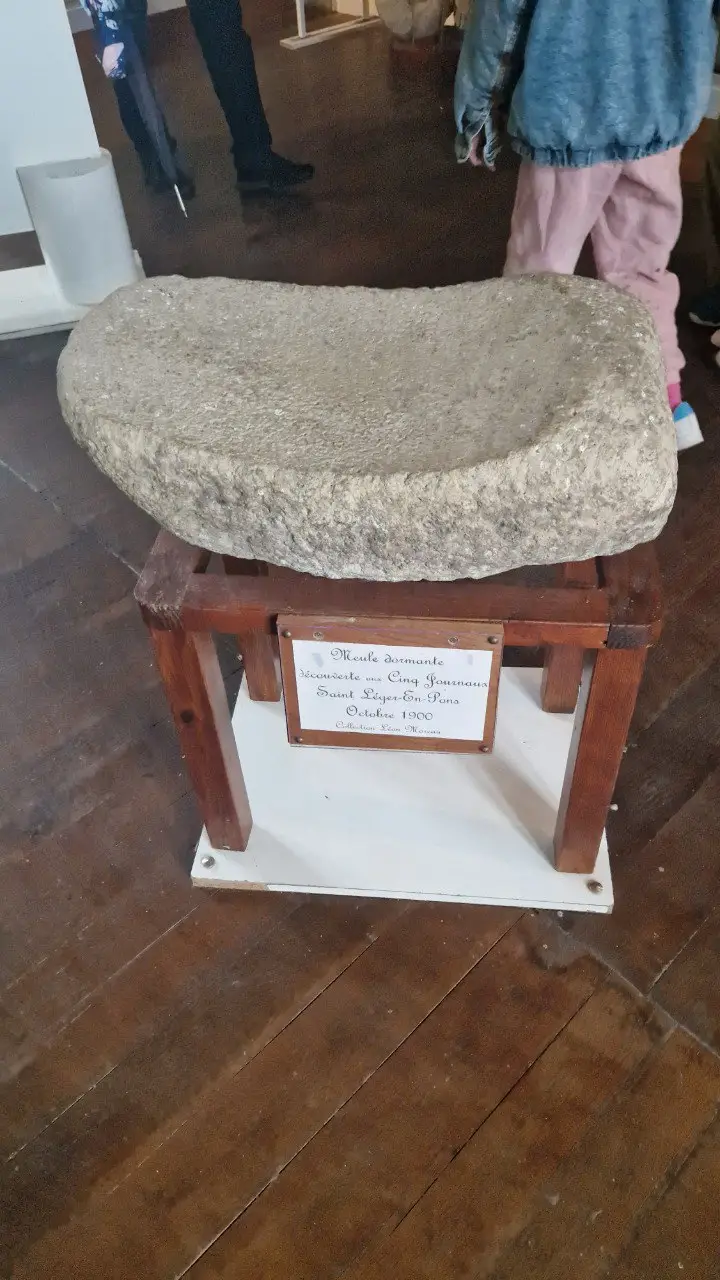
Archaeological research in the caves has shown that they were used by Neanderthals and early modern humans during different periods of the Paleolithic, This is evidenced by stone tools (knives, scrapers, etc.), animal remains indicating hunting and meat consumption, and traces of hearths demonstrating the use of fire for cooking and heating.
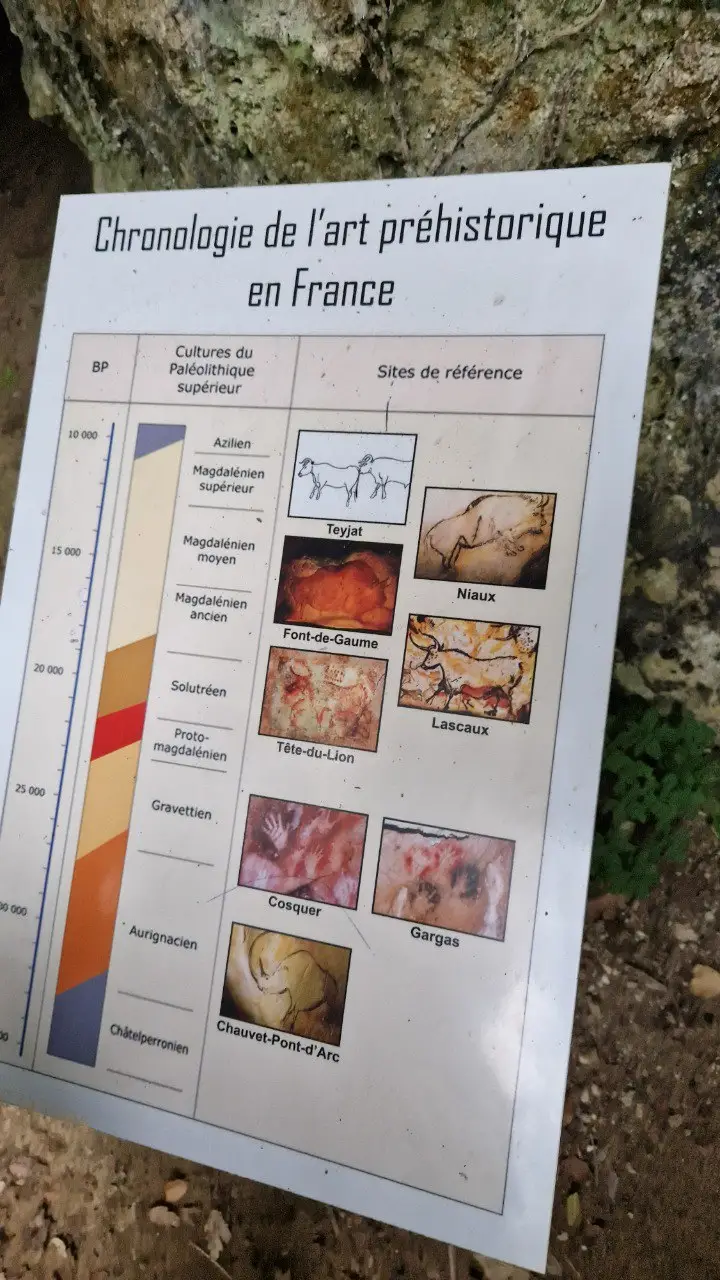
These caves are an important part of the region's historical and cultural heritage, providing a unique opportunity to immerse yourself in France's prehistoric past.
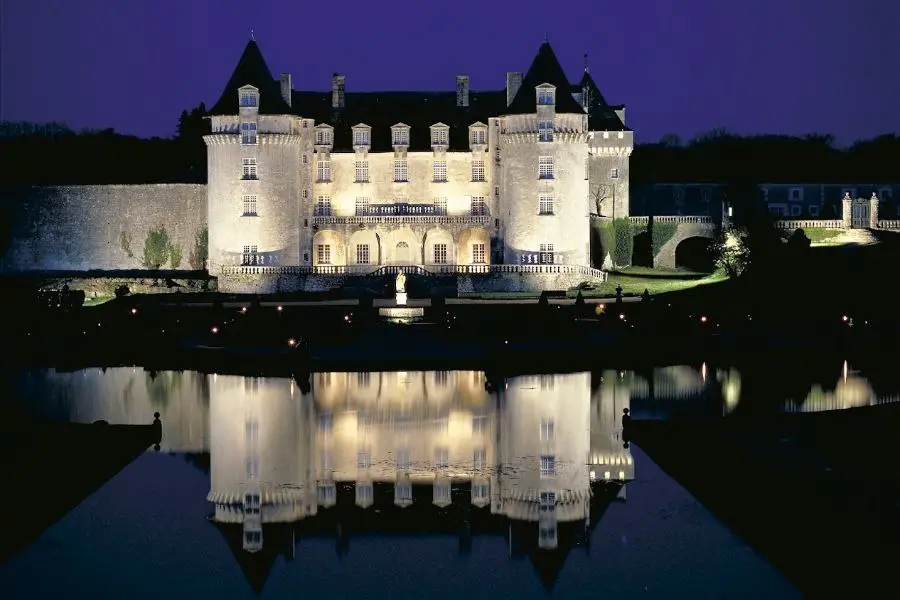
Royan and its surroundings offer a rich array of historical and natural attractions that attract tourists from all over the world. From the majestic Château de la Roche-Courbon with its magnificent gardens to the enchanting caves, these places allow you to immerse yourself in the rich world of French history and nature. A visit to these sites will be an unforgettable experience for anyone who wants to explore the beauty and richness of this region.

